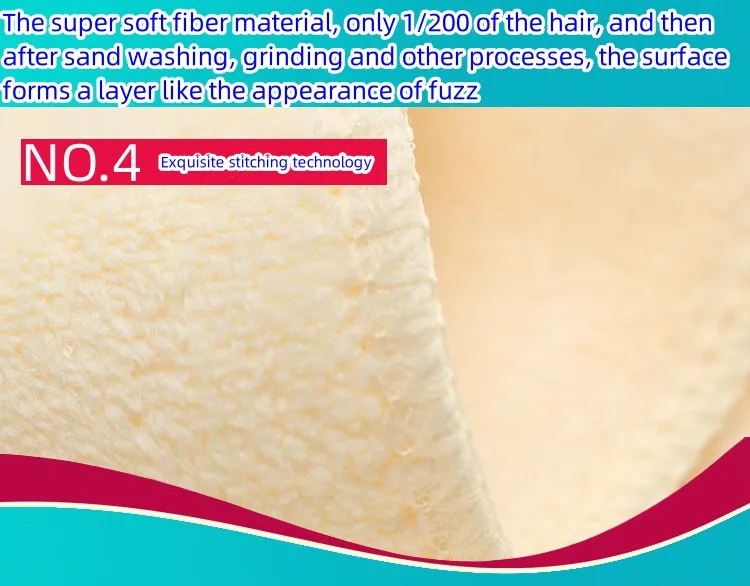felt types
Understanding Felt Types A Comprehensive Overview
In the realm of creativity and craftsmanship, felt types play a crucial role in determining the final output of a project
. Felt, a textile often made from natural or synthetic fibers, is produced through a process called felting, where fibers are condensed and agglomerated using heat, moisture, and pressure. The result is a unique fabric with various characteristics depending on the type of fiber used, the felting process, and the intended application. This article explores the different types of felt and their specific uses, applications, and benefits.Types of Felt
Generally, felt can be classified into different types based on the material from which it is made. The most common types include wool felt, polyester felt, acrylic felt, and blended felt.
1. Wool Felt This is the most traditional and widely recognized type of felt. Made entirely from natural sheep wool, it is prized for its softness, durability, and biodegradable nature. Wool felt is often used in high-quality crafts, fashion, and home décor. Its ability to retain shape and resist fraying makes it an ideal choice for projects such as toys, bags, ornaments, and decorative pieces. Additionally, it can be dyed in a variety of vibrant colors, appealing to a craftsman's desire for creativity.
2. Polyester Felt This type of felt is made from synthetic fibers and is known for its versatility and affordability. Polyester felt can be manufactured in a range of thicknesses and colors, making it an excellent choice for budget-conscious projects. It is often used in educational settings, for making crafts like bookmarks, mats, and festive decorations. While polyester felt is less durable than wool felt, it is resistant to mildew and moths, making it suitable for projects that may be exposed to damp conditions.
3. Acrylic Felt Similar to polyester felt, acrylic felt is another synthetic option. However, it typically has a softer texture, making it popular in applications like garments, hats, and plush toys. Acrylic felt is also characterized by its vibrant colors and ease of use, allowing crafters to create intricate designs with minimal effort. However, it does have limitations in terms of durability and longevity compared to natural wool felt.
felt types

4. Blended Felt As the name suggests, blended felt is made from a mixture of different fibers, combining the qualities of both natural and synthetic materials. This type of felt is designed to provide added strength and resilience while maintaining a soft touch. Blended felt is often used in upholstery, automotive applications, and other industrial uses where durability is paramount.
Applications of Felt Types
The applications of felt are as varied as the types themselves. In the crafting world, felt is a staple material for projects ranging from simple home décor items to intricate art installations. Its flexible nature allows for easy cutting, sewing, and attaching, widely appealing to both beginners and experienced crafters.
In addition to crafts, felt finds its way into various industries. In the automotive sector, felt is utilized for soundproofing and insulation. In fashion, it lends itself to unique clothing designs and accessories. The educational sector also embraces felt, especially for activities aimed at developing fine motor skills in children.
Conclusion
Felt types present diverse opportunities for creative expression and practical applications. Understanding the characteristics and uses of each type allows artisans, crafters, and industry professionals to select the right felt for their projects. Whether one prefers the natural charm of wool felt or the practicality of polyester, felt remains an essential material celebrated for its versatility and enduring appeal in the world of textiles. By exploring these variants, we not only enhance our craftsmanship but also embrace the artistry that felt crafts can offer.
-
What Makes Felt a Great Choice?NewsNov.19,2024
-
Total Mixed Ration (TMR) Feed for CattleNewsNov.19,2024
-
The Ultimate Guide for Felt Polishing WheelsNewsNov.19,2024
-
Industrial Felt for Various ApplicationsNewsNov.19,2024
-
Felt Makeup Bags and Inserts BagsNewsNov.19,2024
-
Choosing the Right Hotel TowelsNewsNov.19,2024
-
Your Go-To Guide For Affordable Wholesale Wool FeltsNewsOct.31,2024







